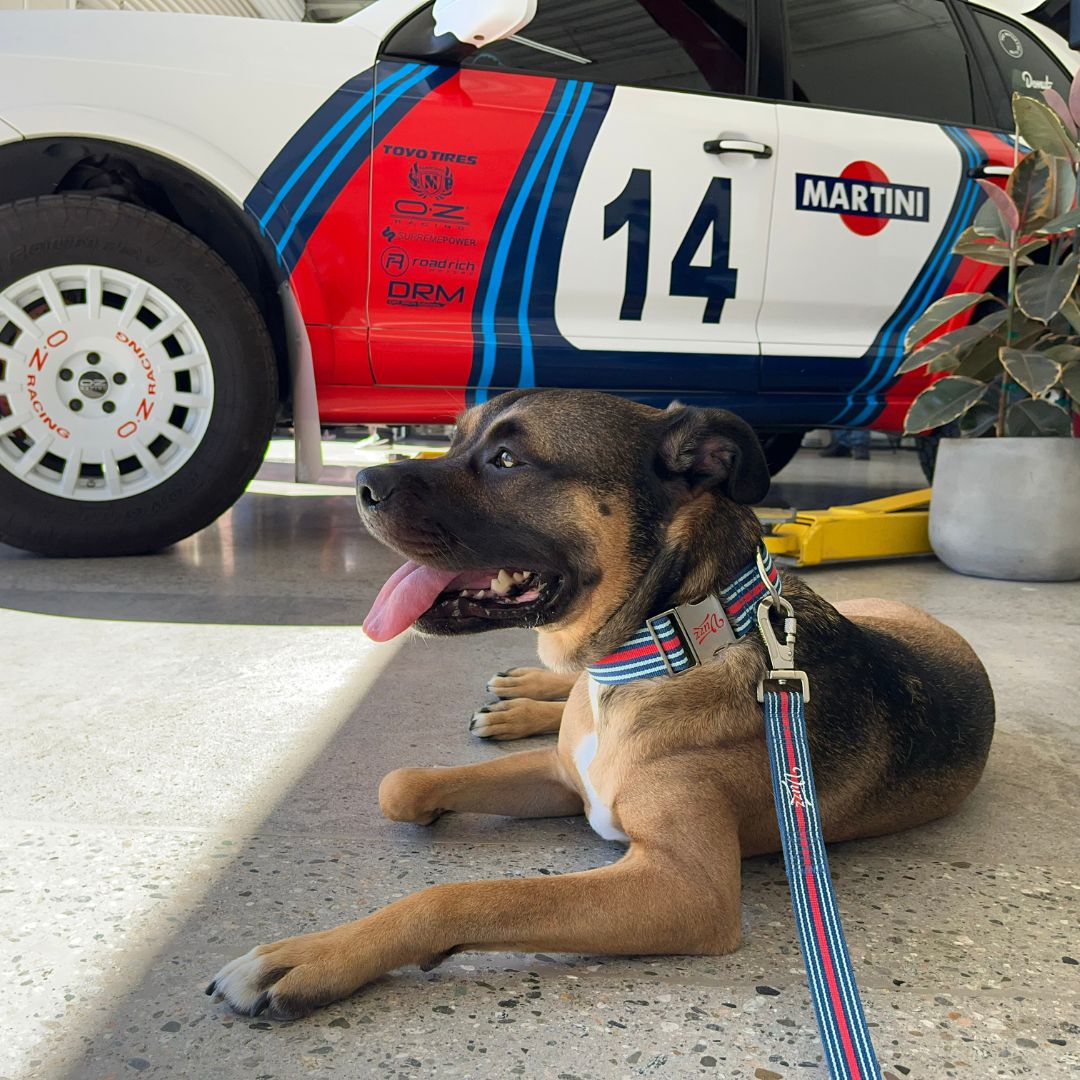In the realm of motorsports, where vehicles whiz past in blurs of speed, a splash of color and a distinctive design make all the difference. That's where racing liveries come in. These are not just decorative elements; they are a profound expression of identity, history, and passion.
The genesis of racing liveries is rooted in simplicity. Each racing car bore a color representing its country of origin:
British Racing Green: This deep green shade became synonymous with British cars after the UK teams adopted it in the early 1900s.
Rosso Corsa: Italian cars, particularly those of Ferrari, are recognizable by this fiery red.
French Racing Blue: A brighter, lighter hue, representing the early racers from France.
German Silver Arrows: German cars, instead of adopting a particular color, often stripped their cars to the bare metal, resulting in a silver appearance.
These colors were more than just aesthetic choices; they became sources of national pride, symbols of identity in high-speed duels.
With the evolution of the sport, commercial interests started taking notice of the immense branding potential of these speeding billboards. By the 1950s and 1960s, the world of motorsports witnessed a transformation. The national colors began to take a backseat, making way for logos and hues representing corporate sponsors. This change was not just commercial but also added a new dimension to the design philosophy behind liveries.
Some iconic Liveries that Left Their Mark:
Gulf Oil's Blue and Orange: Few liveries have captured fans' imaginations like the baby blue and orange of Gulf Oil. Debuting on the Ford GT40 and later on the Porsche 917, this design encapsulated an era of racing and remains one of the most replicated liveries in various motorsport disciplines.
Martini Racing Stripes: Simplicity often leaves the most profound impact. The Martini Racing stripes, with their bands of blue, red, and silver, adorned everything from Formula 1 cars to rally champions, making them synonymous with racing success.
John Player Special's Black and Gold: The bold black and gold combo of the John Player Special on the Lotus Formula 1 cars was more than a livery. It was a statement, one of luxury, boldness, and domination.
Marlboro’s Red and White: Philip Morris's Marlboro brand sponsorship yielded one of the most iconic designs in F1. The stark contrast of red and white became synonymous with teams like McLaren and Ferrari during their partnerships.
Behind the Scenes: Crafting a Livery
Designing a racing livery is no small feat. It's a delicate dance between adhering to a sponsor's branding guidelines, ensuring visibility and recognition at high speeds, and respecting the aerodynamic needs of the vehicle. Add to that the challenge of adapting designs to cars of different shapes, sizes, and purposes, and it's clear why some liveries become iconic while others fade away.
As technology advanced, so did the tools and techniques used in livery design. Today, designers use advanced software to visualize how designs will look on three-dimensional models of cars, taking into account how they'll appear when in motion.
Liveries Today: An Evolving Canvas
The 21st century brought new challenges and opportunities to the world of racing liveries. With the rise of digital media and the internet, fans became more engaged than ever. Teams started experimenting with interactive methods, like holding online polls, to decide on liveries for certain races or entire seasons.
The scope of liveries has also expanded. Special edition designs now commemorate milestones, anniversaries, or pay tribute to legendary figures in the sport. And it's not just about the cars anymore. Livery-inspired designs are making their way into mainstream fashion, accessories, and even pet products, showcasing the pervasive influence of motorsport culture.
Cultural Impact and Beyond
The influence of racing liveries extends beyond the racetrack. They've seeped into popular culture, influencing art, fashion, and design. Artists and designers draw inspiration from the bold graphics and colors, creating everything from wall murals to sneaker designs. Moreover, die-hard fans collect memorabilia, model cars, and apparel featuring their favorite liveries, preserving, and celebrating their history.
Furthermore, liveries have become an essential aspect of branding and identity for sponsors. A successful and popular livery can significantly boost brand visibility and recognition, making the investment in motorsport sponsorships worthwhile.
From representing national pride to becoming canvases for corporate branding and fan engagement, racing liveries have come a long way. They are more than just paint and decals; they are a testament to the sport's rich history, the spirit of competition, and the passion of millions of fans worldwide.
Today, as you sport a shirt, sip from a mug, or even put a leash on your pet that's inspired by a racing livery, remember that you're not just holding a product. You're holding a piece of history, an emblem of a sport that's as much about identity and allegiance as it is about speed and competition.

